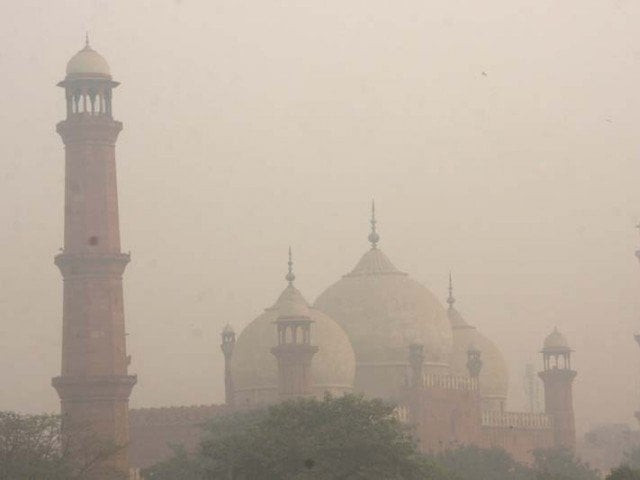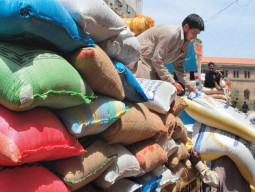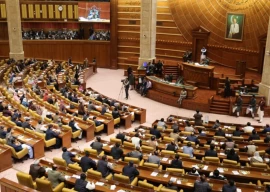
This prompted the provincial government to close all public and private schools in Lahore, Gujranwala and Faisalabad on Friday (today) due to the deteriorating air quality, according to an official notification by the Punjab School Education Department. According to the international monitoring agency, AirVisual, the air quality in Lahore and adjoining districts is unhealthy for humans and animals alike. The data indicates that AQI readings ranging between 169 and 380 are being recorded in different areas of the metropolis and its surrounding districts.
‘In Lahore, smog touches alarming levels in nearly two years’
Further, the atmospheric particulate reading of Lahore was recorded as 195 microgrammes per metre cubed; this means that the air quality of Lahore is nineteen times worse than what is considered safe to inhale for humans and animals.
Such a reading indicates that particles, less than 3% of the diameter of human hair, have polluted the atmosphere. These particles are so small that they can only be seen using an electron microscope.
Experts have warned that such particles tend to stay in the air for a longer time. This increases the chances of them being inhaled by humans and animals. Because of their size, these particles are able to enter the body and penetrate the lungs, even entering the circulatory system.
Several studies have indicated a close link between exposure to fine atmospheric particles and premature deaths from heart and lung disease. The particles are also known to trigger and worsen chronic diseases such as asthma, bronchitis and other respiratory ailments.
Measures failing to show results
Despite imposing a ban on burning crop residue and garbage in open spaces, several fires have been reported in various districts of Punjab. According to AirVisual’s heat map, many fires have been spotted near Kala Shah Kaku and Shahdara areas.
However, official data released by the Punjab Environment Protection Department (EPD) shows that the air quality in the provincial capital is satisfactory, with an AQI of 183 while the AQI at Wagha air monitoring station is 397. In light of this, the department has advised citizens to stay hydrated and don masks and glasses to minimise the effects of smog.
Speaking to The Express Tribune, medical practitioner Muhammad Ashfaq explained that ordinary disposable masks are not enough to protect citizens from such hazardous levels of pollution.
He advised citizens to purchase special masks designed to keep the wearer from inhaling particles less than 2.5 micrometres in diameter. “These marks are expensive. However, they will be able to better protect you from the effects of smog,” he maintained.
Further, all citizens, especially children and the elderly, should avoid outdoor activities and keep the doors and windows of their houses sealed.
Air quality has rapidly deteriorated as the provincial government has had to close all public and private schools thrice during the current month. Even though the government has initiated awareness campaigns and imposed bans on burning crop residue, majority of citizens still place the blame on their shoulders in the wake of worsening air quality.
Smog forces schools to remain closed today in Punjab
Recently, Adviser to the Prime Minister on Climate Change Malik Amin Aslam announced that the government is launching a special programme, in collaboration with the World Bank, to address air quality issues. He highlighted that several steps have been taken to stop burning of crop stubble, a major contributor to this phenomenon.
Earlier, the government announced that it will distribute masks among school children to minimise the impact of smog.
Published in The Express Tribune, November 22nd, 2019.


















COMMENTS
Comments are moderated and generally will be posted if they are on-topic and not abusive.
For more information, please see our Comments FAQ